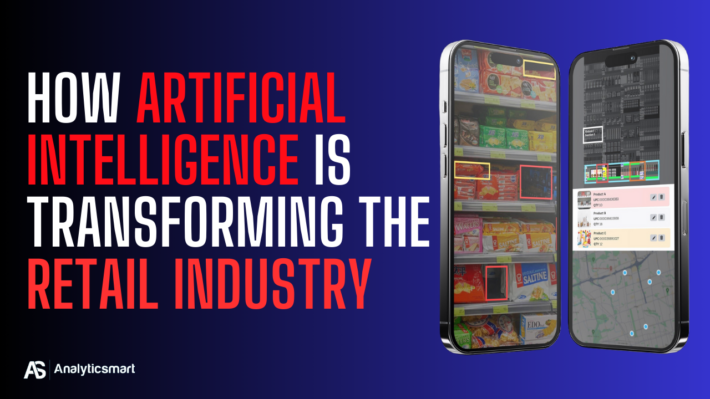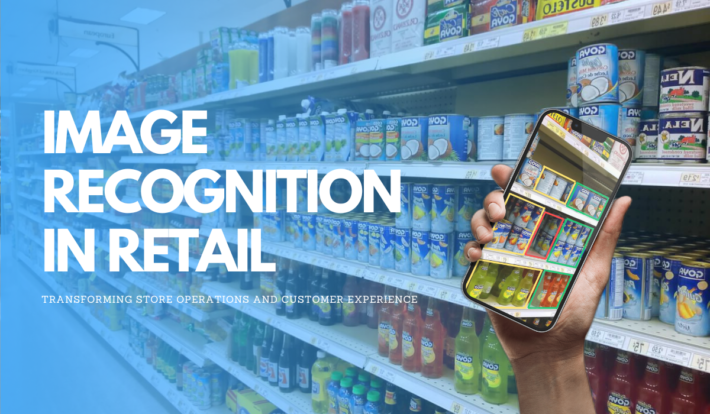What is On-Shelf Availability and Why It Matters

In the competitive world of retail, the success of a business hinges on its ability to meet customer demand consistently. One of the key metrics that play a critical role in achieving this is On-Shelf Availability (OSA). But what exactly does this term mean, and why is it so important for retailers to focus on it?
Understanding On-Shelf Availability (OSA)
On-Shelf Availability refers to the percentage of time that a product is available for purchase on the store shelf when a customer wants to buy it. It’s a measure of how well a retailer is managing its inventory to ensure that products are not only in stock but also accessible to customers at the right place and time.
OSA is typically calculated by dividing the number of products available on the shelf by the total number of products that should be available, multiplied by 100. For example, if a store should have 100 units of a product on the shelf, but only 90 are available, the OSA would be 90%.
Why On-Shelf Availability Matters
- Customer Satisfaction and Loyalty
- When customers visit a store, they expect to find the products they need without having to search multiple aisles or visit different stores. If a product is out of stock, it can lead to frustration and disappointment, which may drive customers to competitors. High OSA ensures that customers find what they need, leading to repeat visits and long-term loyalty.
- Sales and Revenue Impact
- Every time a product is missing from the shelf, it represents a lost sales opportunity. Even a small percentage of out-of-stock items can significantly impact a retailer’s revenue. Studies have shown that shoppers often leave without purchasing anything if they can’t find a specific item they were looking for. Maintaining high OSA directly contributes to maximizing sales and increasing the bottom line.
- Inventory Management Efficiency
- Effective inventory management is crucial for maintaining optimal OSA. Retailers need to strike a balance between having enough stock to meet demand and avoiding overstock, which can lead to increased carrying costs and waste. Advanced data analytics and demand forecasting can help retailers predict when and where products are needed, ensuring shelves are always adequately stocked.
- Brand Reputation
- Consistently failing to maintain OSA can damage a retailer’s reputation. Customers who repeatedly encounter out-of-stock situations may associate the store with poor service, leading to negative reviews and a tarnished brand image. On the other hand, retailers known for their reliability and well-stocked shelves can build a positive reputation, attracting more customers over time.
- Competitive Advantage
- In a market where customers have many options, maintaining high OSA can provide a competitive edge. Retailers that can consistently keep their shelves stocked with popular and in-demand items will stand out among competitors who struggle with availability issues. This advantage becomes even more pronounced during peak shopping seasons when demand surges.
- Data-Driven Decision Making
- Monitoring OSA provides valuable insights into consumer behavior, product performance, and supply chain efficiency. Retailers can use this data to make informed decisions about inventory levels, promotional strategies, and supplier relationships. For example, if a product consistently has low OSA, it may indicate issues with the supplier or the need for better demand forecasting.

How Analyticsmart Can Help Improve On-Shelf Availability
Maintaining high On-Shelf Availability goes beyond basic stock management; it requires a strategic approach that integrates real-time data, advanced technology, and seamless team collaboration. This is where Analyticsmart’s Merchandising App comes into play.
The Merchandising App by Analyticsmart empowers retail teams with real-time stock updates, ensuring that products are always available on the shelf when customers want them. By providing instant access to inventory data, the app enables teams to monitor On-Shelf Availability (OSA) continuously, identify low-stock items, and take immediate action to replenish them, minimizing stockouts.
Moreover, the app ensures planogram compliance, making it easier for teams to follow layout guidelines that optimize product placement and visibility. By adhering to these guidelines, retailers can maximize shelf space efficiency and enhance the shopping experience, leading to better sales outcomes.
The Merchandising App also leverages machine learning and predictive analytics to help retailers anticipate demand patterns and adjust inventory levels accordingly. This means fewer missed sales opportunities and a more streamlined supply chain process. Retailers can also receive actionable insights from the app, allowing them to fine-tune their operations, improve vendor relationships, and enhance overall efficiency.
With Analyticsmart’s Merchandising App, retailers not only meet customer expectations but exceed them, ensuring products are always within reach and driving long-term success in the competitive retail market.

In summary, On-Shelf Availability is a crucial aspect of retail operations that directly affects customer satisfaction, sales, and brand reputation. By focusing on maintaining high OSA, retailers can ensure they are meeting customer demand, optimizing inventory management, and gaining a competitive edge. With the right tools and strategies, such as those offered by Analyticsmart, achieving and maintaining high OSA is not just possible—it’s a pathway to sustained success in retail.
Have A Question?
Learn how Analyticsmart can elevate your retail performance with data-driven insights and customized solutions.
Contact Sales
Have a question or comment? Submit your message through our contact form and a member of our team will get back to you within 24 hours.
Marketing Head | Analyticsmart
Unlock Your Retail Potential With Us



